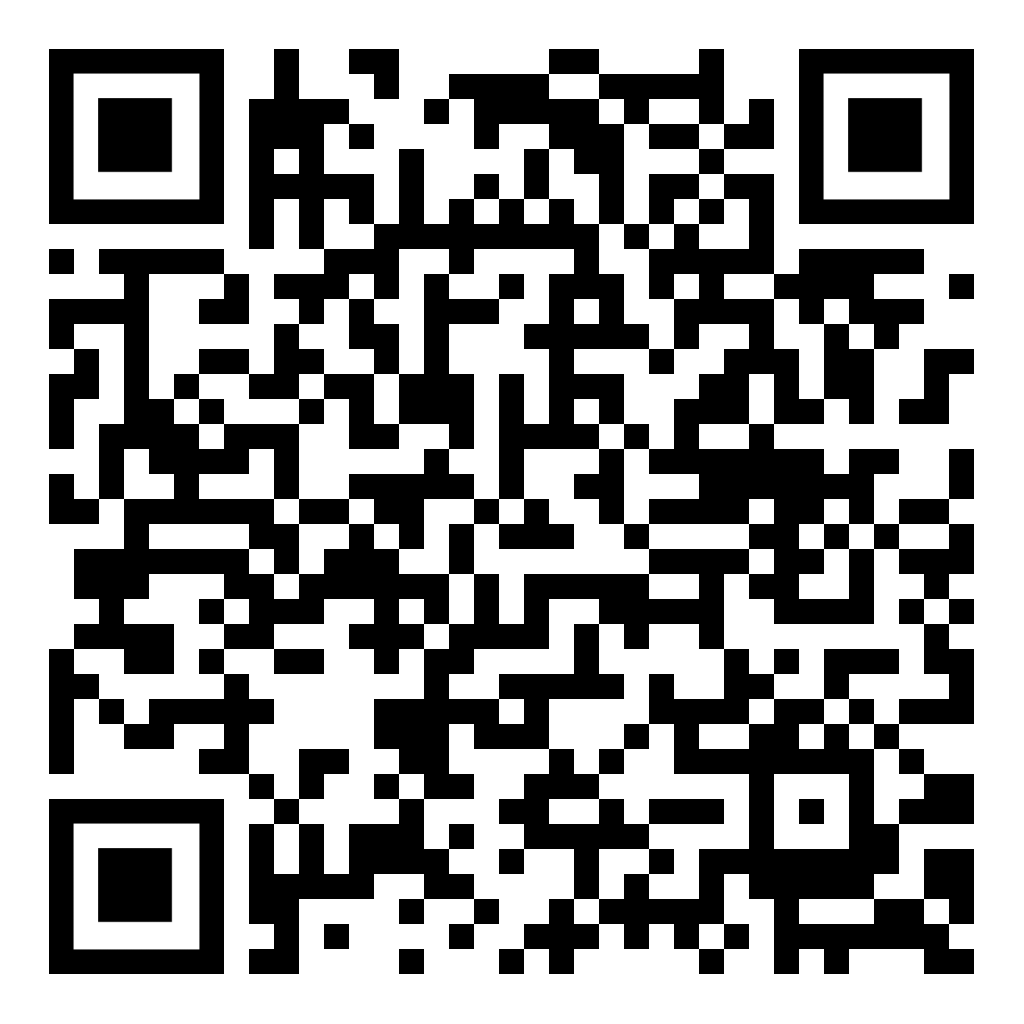How Do AI Detectors Work: Unlock Algorithms & Manual Checks
Explore how AI detectors work with core principles, limitations and tips to spot AI detection manually.
Explore how AI detectors work with core principles, limitations and tips to spot AI detection manually.
Table of Content
How AI Detectors Work: Core Principles
Tips to Manually Detect AI-Generated Content
AI detectors, or the Artificial Intelligence detectors, are advanced software tools that can help users identify a text generated by AI tools like ChatGPT, Jasper, Claude and others. It is a rapidly rising field and acts as a necessary layer of digital accountability. But how AI detectors work exactly? What to look for, and can you trust them?
Well, we will answer these burning queries in this blog, which will include core principles that AI detectors use and tips to analyse AI text manually. Additionally, you will learn the difference between AI detectors and plagiarism checkers. So, let's dive into the journey of how do AI text detectors work.
AI detectors are software that are designed to determine if a content was generated by an Artificial intelligence model ( ChatGPT, GPT-4 or other LLM) or by a human.
The need to distinguish between human-written and machine-generated content has grown significantly as AI-generated content is widespread across academic writing, professional writing, and SEO. Educational institutions use a strict policy against generative content to maintain academic integrity and avoid low-quality writing.
Understanding AI detectors algorithms UK is essential in the current digital landscape, where generative content is everywhere, from emails to professional platforms. These tools analyse language patterns and sentence structure to determine if the text is human-written or not. It uses some core principles, which are discussed in the next section.
AI detectors use advanced technology to identify if the content is human-written or generated by AI. They operate with machine learning and analyse patterns, structure and words of a given text. You can get assignment help UK to craft well-polished documents that are not AI-generated. The following are some common principles to distinguish the origin of the content.
AI detectors rely on Natural Language Processing (NLP) and Machine Learning (ML) to study how people use language. NLP helps the detector understand:
Machine learning in AI detectors helps identify subtle patterns and writing styles that differentiate human-written content from AI-generated text.
Over time, it starts recognising patterns and improves its accuracy. When combined, both of these provide detectors the ability to "read" and evaluate content in a way that mimics how humans understand and judge writing.
Pattern recognition is a core method of detecting AI-generated text. It identifies repeated structures or regularities in the content, which many AI detector free tools use to analyse content.
The AI detection is trained on massive datasets that are human and AI-generated. So, they recognise common patterns that are possible in an AI output. It may include certain words, predictable sentence flow and repeated phrases. Some experts argue about the repetitive use of the em dash by AI.
Let us understand how do AI detectors work with an example. The Language models usually write in smooth, consistent sentences that are free of errors. If you want to write a text that is smooth but AI-free, then you can seek help of our grammar checker for free.
The language model writes consistent sentences with a varied pacing. Overall, a low perplexity and low Burstiness text raises suspicion of machine text, which many free AI detector tools aim to identify.
Semantic analysis checks the depth of the content on a specific topic because AI-generated content lacks depth and jumps to topics. It helps the software identify those spots and evaluate the originality of the content.
Most of the free AI detector tools study grammar, the structure of sentences and overall writing style, as language models have perfect grammar syntax but lack natural voice. It can be called stylistically unnatural, so detectors look for the following things:
i. Overuse of transition words
ii. Lack of idioms, metaphors, and emotions
iii. Consistent sentence rhythm or structure
So how do AI detectors work for essays? Well, it looks for these patterns to point out if the content is generated by a language model.
Now you know what classifiers the detectors notice in a text. But many people confuse the difference between AI detectors and plagiarism checkers, which we will explore in the next section.

Don't Let Doubt Hold You Back : Get Your Answers Here!
 Scan me
Scan me Scan me
Scan meAI detectors and plagiarism checkers are distinct tools that examine a text for different purposes. Both of these tools are used in academic and professional settings to maintain authenticity. Some people believe both to be the same, but they are not. So, let us explore their difference using a tabular format.
|
Feature |
AI Detectors |
Plagiarism Checkers |
|
Primary Purpose |
Identify AI-generated content |
Detect copied or unoriginal content |
|
Detection Method |
Analyze writing style, patterns, semantics, and syntax |
Compare text against large databases of sources |
|
Goal |
Recognize AI writing traits |
Find exact or near-exact matches |
|
Focus |
Style, predictability, grammar, perplexity |
Direct matches or near matches with other texts |
|
Example Tools |
GPTZero, Copyleaks, Originality.ai |
Turnitin, Grammarly, Copyscape, Quetext |
|
Detects Paraphrasing |
Sometimes, if AI patterns remain |
Not reliably |
|
Reliability |
Improving but can miss subtle AI or flag human writing |
Highly reliable for copied content, not for AI detection |
Well, now you know that both plagiarism checkers and AI detection tools serve different purposes. Besides, you can refer to our Plagiarism Checker to polish your documents for free.
However, applications like Grammarly and Quillbot offer both services. But who says you cannot check a text manually? Yes, you will have to follow some parameters, which are discussed in the next section.
There are a few ways to detect if a specific text is AI-generated or human-written. While these are not foolproof methods, they can complement AI content detection UK and provide valuable insights.
Moreover, a combination of manual checking and a free AI detector can help you understand the authenticity of the content.
Repeated phrases & ideas: AI content tends to repeat the exact phrases multiple times, which makes it less engaging.
Similar sentence structure: You may notice that a sentence starts and ends in a similar manner, which creates a mechanical pattern.
Overuse of keywords: In SEO based writing, the AI-generated content stuffs keywords, which disrupts the natural flow.
Unnatural flow: AI-generated content is redundant with transition words, which feel awkward.
Generic explanations: The AI-generated content feels vague and covers a topic broadly. Additionally, it does not offer a thought-provoking context.
Lacks emotional connection: Human-written content has a blend of information as well as emotions, which is absent in text by language models.
Predictable pacing: The human writing has uncommon pauses and unvaried rhythm.
Consistent sentence length: text generated by the language model has sentences that are often of similar length.
Smooth and flat tone: One of the factors to measure AI detection reliability is that if a text flows well but lacks emotional depth, it is AI-generated.
Inaccurate information: Sometimes, LMs generate incorrect content and present it with confidence.
Generic claims: The content can include vague and broad statements that lack specificity.
Conflicting Information: There may be inconsistent information, which may hint at AI generation.
If you are really concerned about how reliable are AI detectors UK, you can use these strategies to analyse a text to predict its origin. However, there are less chances to identify if the user has prompted well, edited or passed it through humanisers.
Many people who rely on AI detector free tools are not aware of its limitations. Keep reading the next section to know more about the disadvantages of detection tools.
While many users see AI detectors as concrete evidence of a generated text, these also come with their limitations.
✔️Inaccurate- Even the best AI detectors are not 100% accurate, as they flag human work as AI-generated. It is because these detectors rely on a set of rigid classifiers.
✔️Evolving AI- Modern LLMs such as GPT-4 and Claude 3 can produce text that is far more nuanced and less repetitive; it is more human-like than the previous models. Their sentence structure and flow imitate the writing of a human when prompted well.
✔️Paraphrased/Edited Text- Detectors struggle to recognise a text that is paraphrased or manually edited because these actions can remove the patterns that detectors are trained to identify.
✔️Uncertainty In Results- Many detectors give an unclear or low confidence result when they are unable to determine.
That being said, AI detectors have also evolved as they now look for more profound and subtle signs like over-optimisation of clarity, symmetrical sentence structure and consistent tone without any emotional fluctuation.
So, we have finally explored how do AI detectors work. These tools scan text for patterns in structure, word choice and predictability to determine if it is human-written or AI-generated. A set of classifiers, which we discussed above, guides their decisions.
But as much as individuals and organisations rely on these tools, they are not 100% accurate and sometimes flag human-generated text as machine text.
AI is undoubtedly a fascinating thing, as it can do so many things at once and has taken our world to another level. However, learning about it can be difficult, so you can seek artificial intelligence assignment help from academic experts.
Hire Our ExpertBoost Grades & Leave Stress
Get A+ Within Your Budget!
Use Our FREE TOOLS !
Limited Time Offer
Exclusive Library Membership + FREE Wallet Balance
1 Month Access !
5000 Student Samples
+10,000 Answers by Experts
Get $300 Now
Update your Number
